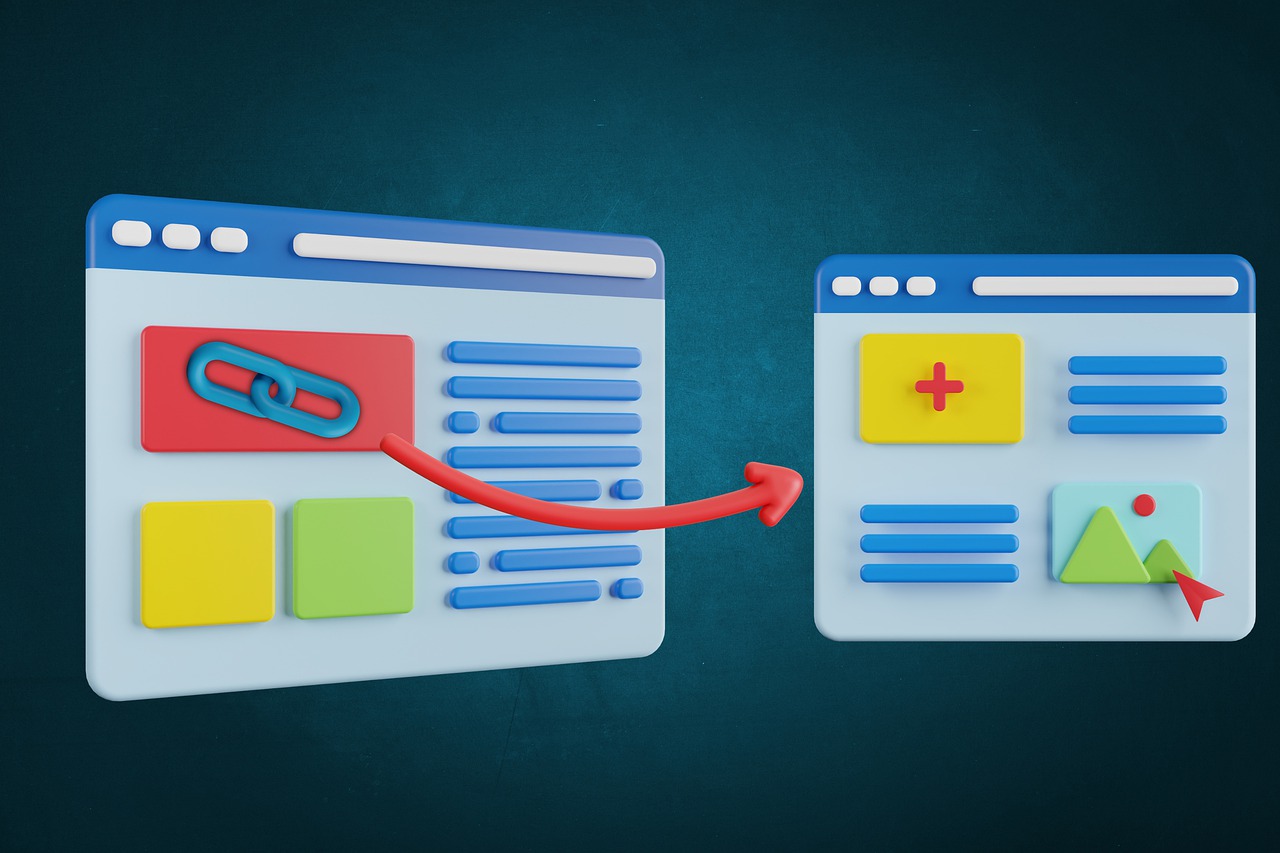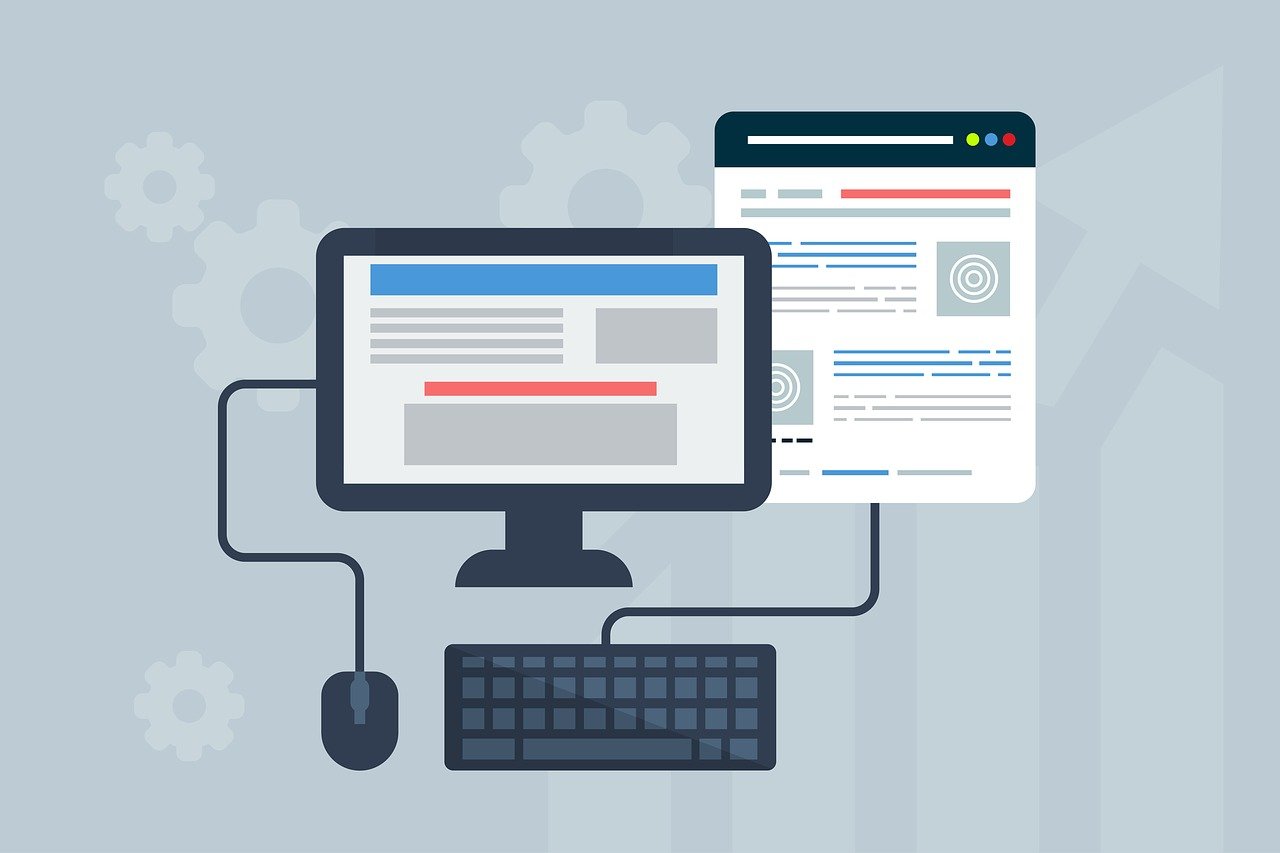Estimated reading time: 4 minutes
233 Views
The Software-as-a-Service (SaaS) industry has experienced tremendous growth in recent years, providing entrepreneurs with an exciting opportunity to launch their own SaaS businesses. However, starting a successful SaaS venture requires careful planning, strategic execution, and a thorough understanding of the market. In this article, we will outline a step-by-step guide to help you navigate the process of starting your own SaaS business.
Step 1: Identify a Profitable Niche
To begin, you need to identify a profitable niche or industry that can benefit from a SaaS solution. Conduct market research to understand the pain points, challenges, and needs of potential customers. Evaluate the competition and identify areas where your SaaS product can provide unique value and differentiation.
Step 2: Define Your Value Proposition
Clearly define your value proposition by understanding how your SaaS product will solve a problem or fulfil a need for your target audience. Develop a compelling value proposition that effectively communicates the benefits and advantages of your solution over existing alternatives.
Step 3: Validate Your Idea
Before investing significant time and resources, validate your SaaS idea by engaging with potential customers. Conduct surveys, interviews, and gather feedback to validate the demand for your product. This process will help you refine your offering and ensure market fit.
Step 4: Create a Minimum Viable Product (MVP)
Developing a Minimum Viable Product (MVP) is crucial for early-stage SaaS startups. Focus on building the core features necessary to address your target audience’s pain points. Avoid unnecessary complexities and prioritize usability and functionality. Your MVP should be sufficient to gather valuable user feedback and validate your product further.
Step 5: Build a Strong Development Team
To create a successful SaaS product, assemble a talented and skilled development team. Depending on your technical requirements, hire experienced software engineers, designers, and UX/UI specialists. Alternatively, you can consider outsourcing development to a reliable third-party vendor.
Step 6: Implement a Scalable Infrastructure
Design and implement a scalable infrastructure to support your SaaS application. Choose a reliable cloud hosting provider that offers scalability, reliability, and security. Optimize your infrastructure for high performance, ensuring it can handle increased user demand as your customer base grows.
Step 7: Focus on User Experience (UX) and Design
Invest in providing a seamless user experience (UX) and visually appealing design. Intuitive navigation, responsive interfaces, and efficient workflows will enhance user satisfaction and engagement. Continuously collect user feedback and iterate on your design to improve the user experience.
Step 8: Develop a Marketing Strategy
Craft a comprehensive marketing strategy to effectively reach and attract your target audience. Leverage content marketing, social media, search engine optimization (SEO), and paid advertising to generate awareness and drive leads. Utilize analytics and tracking tools to measure the effectiveness of your marketing campaigns.
Step 9: Implement a Customer Support System
Establish a robust customer support system to address customer queries, issues, and concerns promptly. Offer multiple channels for customer support, including email, live chat, and knowledge base resources. Providing excellent customer service will foster customer loyalty and drive positive word-of-mouth referrals.
Step 10: Continuously Innovate and Improve
To stay competitive in the fast-paced SaaS industry, continuously innovate and improve your product. Stay updated with market trends, listen to customer feedback, and introduce new features and enhancements. Regularly monitor key metrics and performance indicators to ensure your SaaS business is on track.
Starting a SaaS business requires careful planning, market research, and a customer-centric approach. By following these ten steps, you can lay a solid foundation for your SaaS venture. Remember, success in the SaaS industry often relies on providing a superior product, delivering exceptional user experience, and continuously adapting to meet customer needs. Starting a SaaS business is a challenging endeavour, but with the right strategy and execution, it can be a rewarding and lucrative venture. Stay focused, remain agile, and always prioritize customer satisfaction, and your SaaS business has the potential to thrive in today’s competitive landscape.
For the latest tech news and reviews, follow Rohit Auddy on Twitter, Facebook, and Google News.





